Designing the right birdhouse starts with one critical detail: proper dimensions. Each bird species has unique nesting needs, and building a box that fits those needs increases the chances of attracting birds, and helping them raise their young safely.
This guide provides a complete birdhouse dimensions chart by species, plus essential building tips to help you create a perfect, predator-safe nesting box.
Why Birdhouse Dimensions Matter
Birds won’t use a house that feels unsafe or uncomfortable. The right size helps ensure:
- Proper temperature regulation
- Adequate space for parents + chicks
- Correct entry-hole size to keep predators out
- Species-specific preferences (depth, ventilation, height)
Even a ½-inch mistake can mean a bird rejects the box entirely.
Birdhouse Dimensions Chart by Species
Use this chart as your quick reference for entry hole size, interior floor space, depth, and recommended mounting height.
1. Eastern Bluebird
- Entry Hole: 1.5″
- Floor: 5″ × 5″
- Height (Depth): 9″–12″
- Mounting Height: 5–10 ft
- Notes: Add predator guards; avoid perches.
2. Western Bluebird
- Entry Hole: 1.5″
- Floor: 5″ × 5″
- Height: 9″–12″
- Mounting Height: 5–12 ft
- Notes: Similar to Eastern Bluebird but prefers more open habitats.
3. Chickadee (Black-capped / Carolina)
- Entry Hole: 1 1/8″
- Floor: 4″ × 4″
- Height: 8″–10″
- Mounting Height: 4–12 ft
- Notes: Needs wood shavings inside.
4. Wren (House Wren / Carolina Wren)
- Entry Hole: 1″ – 1 1/8″
- Floor: 4″ × 4″
- Height: 6″–8″
- Mounting Height: 6–10 ft
- Notes: Wrens aren’t picky, great for beginners.
5. Tree Swallow
- Entry Hole: 1.5″
- Floor: 5″ × 5″
- Height: 8″–10″
- Mounting Height: 5–15 ft
- Notes: Install multiple boxes 20 ft apart to reduce competition.
6. Purple Martin
- Entry Hole: 2 1/8″
- Floor: 6″ × 6″ or gourd-style cavities
- Height: 6″–12″
- Mounting Height: 10–20 ft
- Notes: Prefers colonies, use multi-compartment systems.
7. Northern Flicker
- Entry Hole: 2 1/2″
- Floor: 7″ × 7″
- Height: 15″–18″
- Mounting Height: 6–20 ft
- Notes: Add 2–3 inches of wood chips inside.
8. Downy Woodpecker
- Entry Hole: 1 1/4″
- Floor: 4″ × 4″
- Height: 9″–13″
- Mounting Height: 6–20 ft
- Notes: Needs wood chips; prefers quiet areas.
9. Titmouse (Tufted Titmouse)
- Entry Hole: 1 1/4″
- Floor: 4″ × 4″
- Height: 8″–10″
- Mounting Height: 5–15 ft
- Notes: Likes wooded areas.
10. Sparrow (Song Sparrow / Chipping Sparrow)
- Entry Hole: 1 1/4″
- Floor: 4″ × 4″
- Height: 7″–9″
- Mounting Height: 4–10 ft
- Notes: Avoid attracting invasive House Sparrows.
Quick Birdhouse Dimension Chart (Printable Style)
| Species | Entry Hole | Floor Size | Box Height | Mounting Height |
|---|---|---|---|---|
| Eastern Bluebird | 1.5″ | 5×5″ | 9–12″ | 5–10 ft |
| Chickadee | 1 1/8″ | 4×4″ | 8–10″ | 4–12 ft |
| Wren | 1–1 1/8″ | 4×4″ | 6–8″ | 6–10 ft |
| Tree Swallow | 1.5″ | 5×5″ | 8–10″ | 5–15 ft |
| Purple Martin | 2 1/8″ | 6×6″ | 6–12″ | 10–20 ft |
| Woodpeckers (Downy / Flicker) | 1 1/4″–2 1/2″ | 4×4″–7×7″ | 9–18″ | 6–20 ft |
Tips for Building the Perfect Birdhouse
Use untreated wood
Cedar, pine, and cypress are best. Avoid pressure-treated lumber.
Keep the box unpainted inside
Birds prefer natural scents and textures.
Add ventilation & drainage
Small holes at the top and bottom help regulate temperature and moisture.
Use predator guards
A metal hole guard can prevent raccoons, cats, and squirrels from enlarging the entry.
Skip the perch
Most native birds don’t need them; predators do.
Mount securely
Wobbling birdhouses scare birds away.
Final Thoughts
Building the right birdhouse isn’t complicated, as long as you follow species-specific dimensions. Whether you’re trying to attract bluebirds, chickadees, wrens, or martins, proper sizing is the key to a successful nesting season.
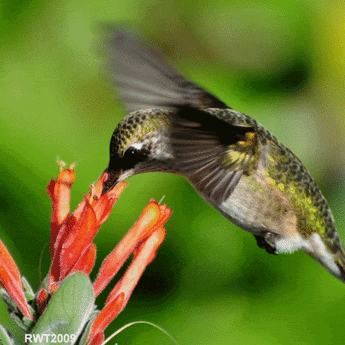
Sanom is a lifelong nature enthusiast and passionate backyard birder who has spent years observing bird behavior and building DIY birdhouses. With a deep curiosity for species like chickadees, wrens, and woodpeckers, he shares practical tips and heartfelt stories to help others attract, shelter, and appreciate the wild birds around them. Whether you’re crafting your first birdhouse or simply enjoying morning songbirds, Iftekhar’s guides on BirdHouseTales.com are designed to bring you closer to the magic of birdwatching.
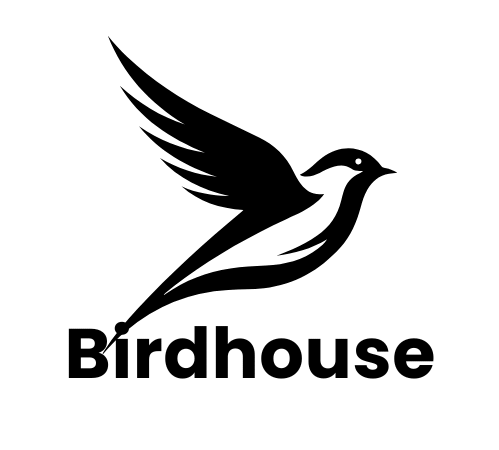
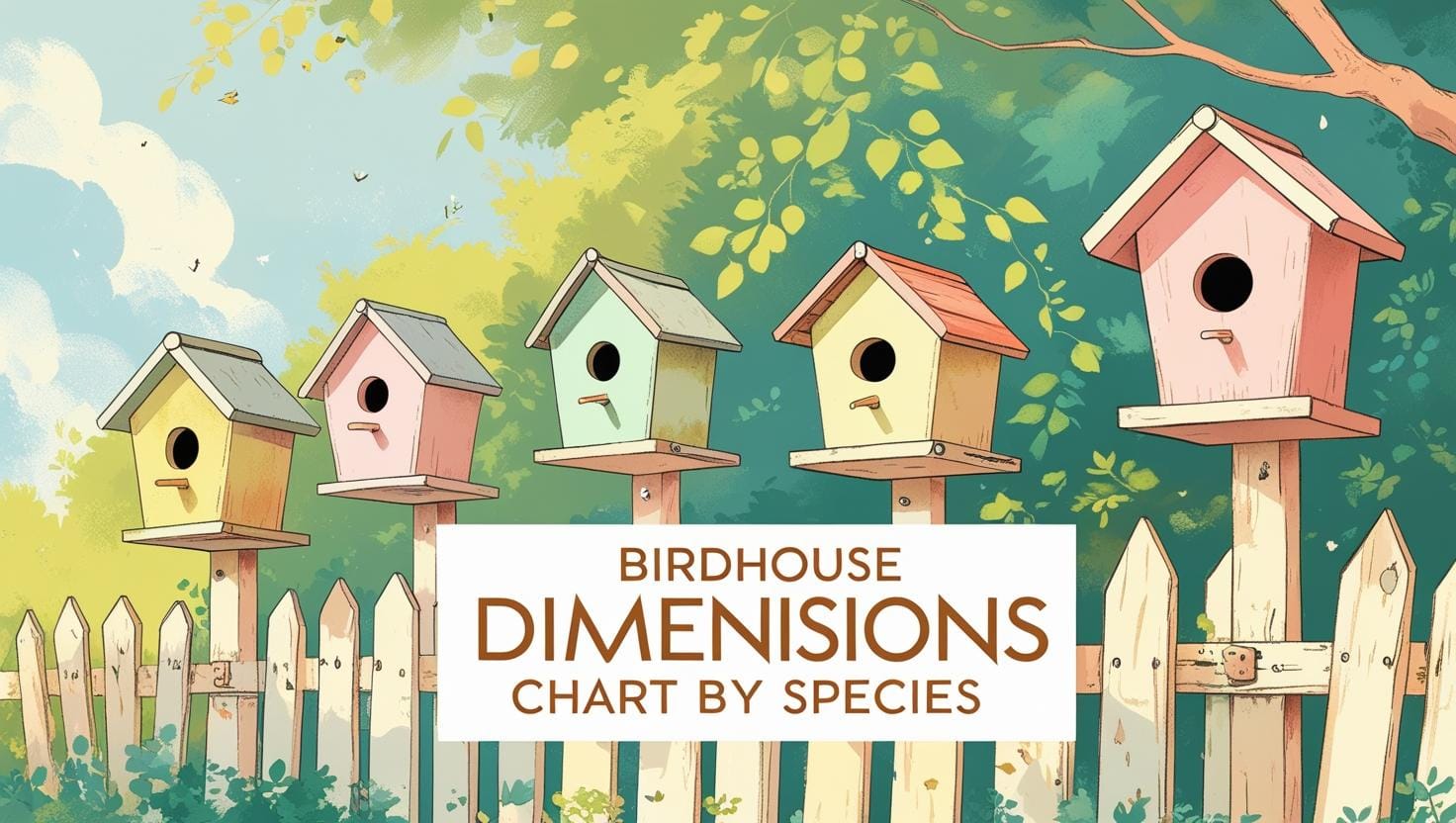

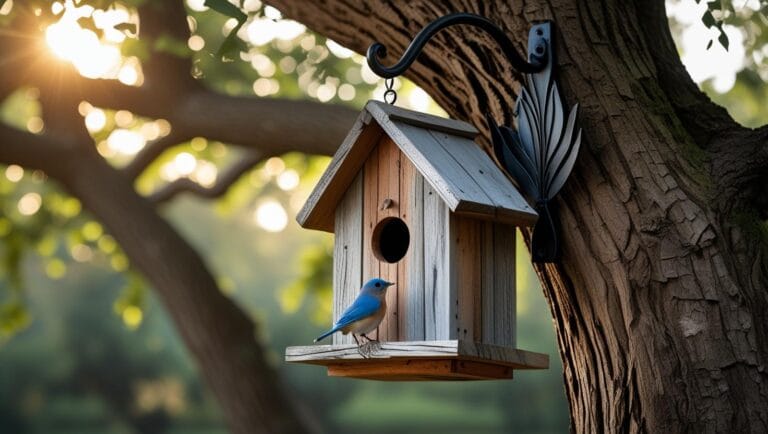
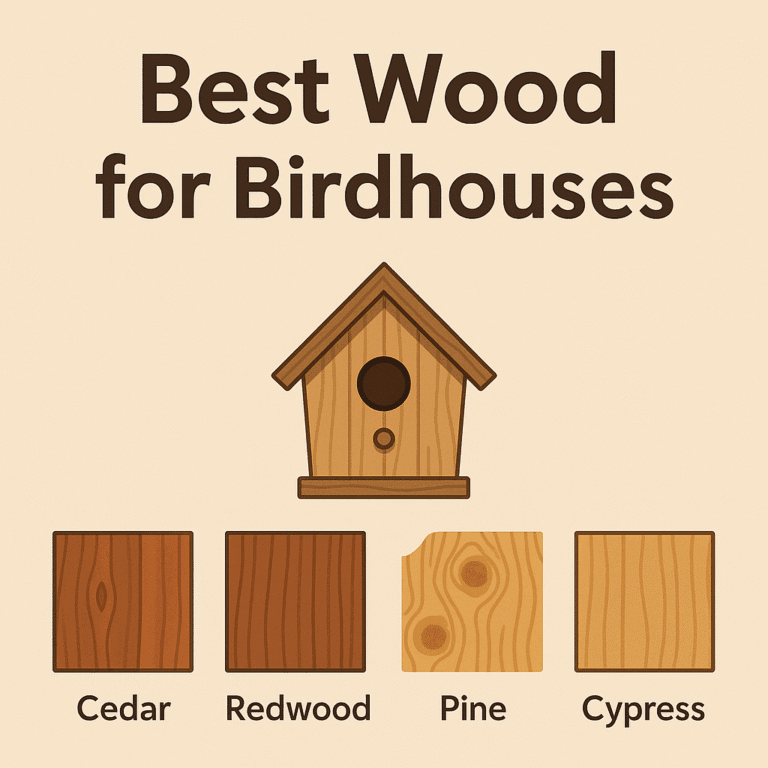
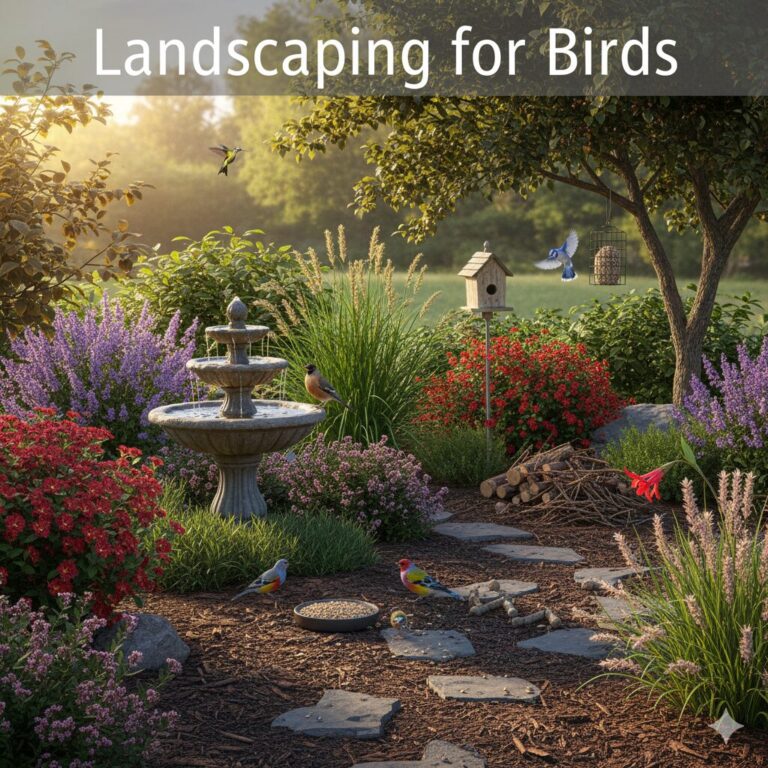

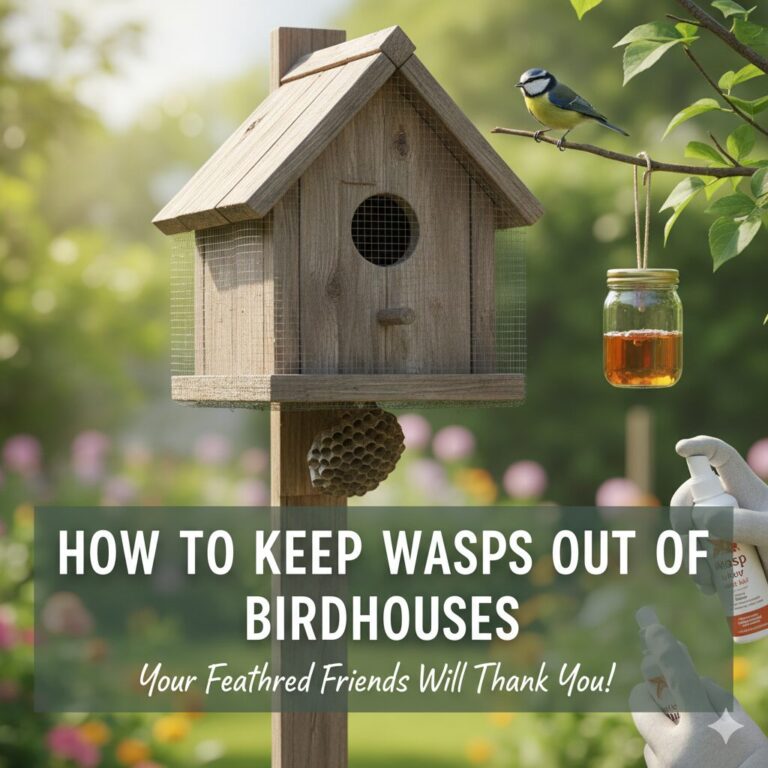
One Comment